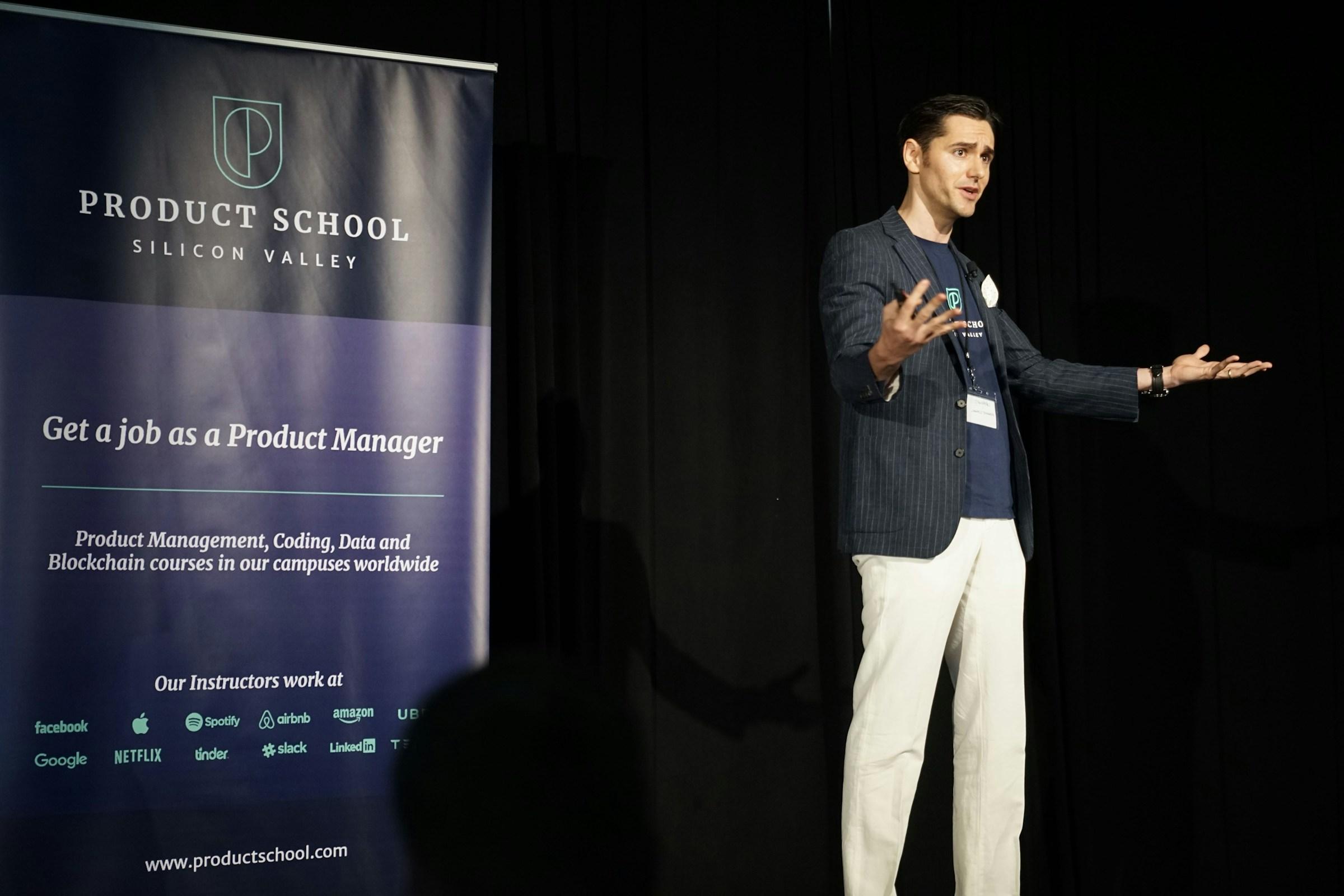There comes a point in some careers when the question is no longer whether the work is hard but whether the system is healthy. A toxic job seldom announces itself with dramatic scenes. It seeps in through vague accountability, shifting targets, and the quiet sense that effort is being poured into noise instead of progress. You work late to get decisions made, only to find those decisions reopened by people who were not in the room. You deliver what was asked, only to discover that the definition of done has moved. At first you think you have a motivation problem. Then you notice that your best ideas are filtered through worry about the social cost of speaking plainly. That is when the real question appears with clarity. Not how to push through another quarter, but when to leave.
Toxic workplaces are often built from good intentions that were never translated into enforceable systems. A fast growing team copies practices from an environment with different constraints. A new leader brings a familiar playbook but forgets the guardrails that made it work elsewhere. A founder steps back from day to day operations without building a structure that replaces their judgment. In each case, small harms are tolerated because everyone is moving quickly. The habit of tolerating ambiguity becomes the culture. By the time it shows up in your calendar and your sleep, it is no longer a temporary mess. It is the operating model.
What signals tell you that it is time to go rather than try another round of fixes from your desk? Start with ownership. Look at your core responsibilities and ask who owns the outcome, who makes the final call, and who holds the resources. If those answers are not crisp, and if your attempts to make them crisp have been met with warm words but no enforcement, you are not failing as an individual contributor or as a manager. You are being asked to win without a field. In high trust environments, uncertainty is a season you pass through together. In toxic environments, uncertainty is the climate you are told to adapt to alone.
Watch how conflict is processed. In healthy teams, conflict changes scope, resources, or priority. It leads to a redesign of how work flows and how decisions are escalated. In toxic teams, conflict morphs into labeling. People become the problem. A colleague with a defensible concern is described as difficult. A manager who asks for standards is told to relax. When conflict produces caricatures instead of corrections, you are being invited to participate in politics that protect the dysfunction. That invitation does not reward courage or candor. It rewards silence.
Consider your role in keeping the engine running. There is a revealing thought experiment that can cut through self doubt. Imagine you are suddenly away for two quiet weeks. Ask what slows, what stops, and what unexpectedly improves. If everything slows, you may be the backbone of execution. If certain processes finally breathe because fire drills stop, you may have been used as a pressure relief valve. Healthy teams miss you for your judgment and your teaching. Toxic teams rely on you to absorb confusion so that the system does not have to evolve. If your presence masks design flaws rather than raising the bar, your absence will be the only honest feedback the system can hear.
Documentation clarifies the narrative when memory tries to blur it. If you have raised concerns, write down when you raised them, who heard them, what was agreed, and what changed within a month. You are not building a case for complaint. You are building a record for yourself. A pattern of generous empathy with no follow through is not a misunderstanding. It is a decision by leadership to spend political capital elsewhere. Accepting that reality is not cynical. It is the beginning of self respect.
None of this means you resign in anger or sprint without a landing plan. Toxicity taxes attention, sleep, and self trust, so the path out must preserve the very capacities you want to use in your next chapter. Set a quiet rule for your minimum viable week. Deliver what keeps your reputation intact. Say no to work that only perpetuates the chaos. Protect evenings that allow your nervous system to reset. This is not disengagement. It is triage so that you can build your exit without becoming a smaller version of yourself.
Define the criteria that would convince you to stay. Choose one structural milestone, one visible behavior from leadership, and one personal health marker. A structural milestone could be a signed decision rights document that clarifies who approves scope and budget. A visible behavior could be a public correction when someone undermines agreed priorities. A health marker could be two weeks of uninterrupted sleep and mornings not dominated by rumination. Put a date next to these criteria. If they do not materialize, you leave. This is how you avoid waiting for a perfect alternative that never arrives. You make a measured decision while you still have energy to execute it well.
Prepare the market translation of your story. Titles rarely travel cleanly across companies. Capabilities do. List the kinds of problems you have solved, the systems you have built, and the outcomes those systems enabled. Translate them into language that a hiring manager would recognize. If you plan to stay in your industry, vet future teams by how they talk about accountability and escalation. Ask who owns the customer promise when functions disagree, and listen for a clear answer that names a person, not a committee. If you plan to shift domains, build small projects in parallel that prove your fit. The goal is not to craft a flawless narrative. The goal is to create enough signal that a healthy team can see your value quickly.
Secure references before you give notice. In fragile environments, stories mutate after a resignation. Ask peers and stakeholders for short written notes tied to specific outcomes. Keep a private archive of artifacts that demonstrate impact, stored with care for confidentiality. The point is not to fight a future rumor. The point is to anchor your next employer in evidence that travels well outside the politics of your current one.
When the time comes, exit clean. Write a handover that would make your future self proud. Spell out status, dependencies, risks, and the next decisions a successor will face. Closing well is not an act of generosity to a place that harmed you. It is an act of coherence for yourself. You can leave a chapter without leaving a mess. You can choose professionalism even when the environment did not always deserve it.
Expect an odd quiet after you step out. Toxic systems fill calendars with activity that feels like movement. When the noise stops, you may notice how tired you truly are. Treat the first month as rehabilitation for your attention. Rebuild sleep. Move your body. Give yourself a daily block of focused work on something you care about, even if it is small. Confidence is not a speech you give yourself. It is a pattern of evidence that you can still do deep work in a safe environment.
So when do you leave a toxic job? You leave when you have made a good faith attempt to repair the system and leadership will not enforce the fix. You leave when your presence is used to hide what is broken rather than to build what is possible. You leave when your energy is spent managing harm instead of creating value, and when you have a transition plan you can execute without burning your reputation or your health. You do not wait to feel fearless. You accept that clarity is enough, and you act on it. The work you want deserves your full capacity. Your future team deserves the version of you that is not fighting a system that refuses to learn. Leaving is not running away. It is moving toward a place where responsibility matches authority, where feedback is safe, and where the effort you give returns as growth rather than exhaustion.









.jpg&w=3840&q=75)




